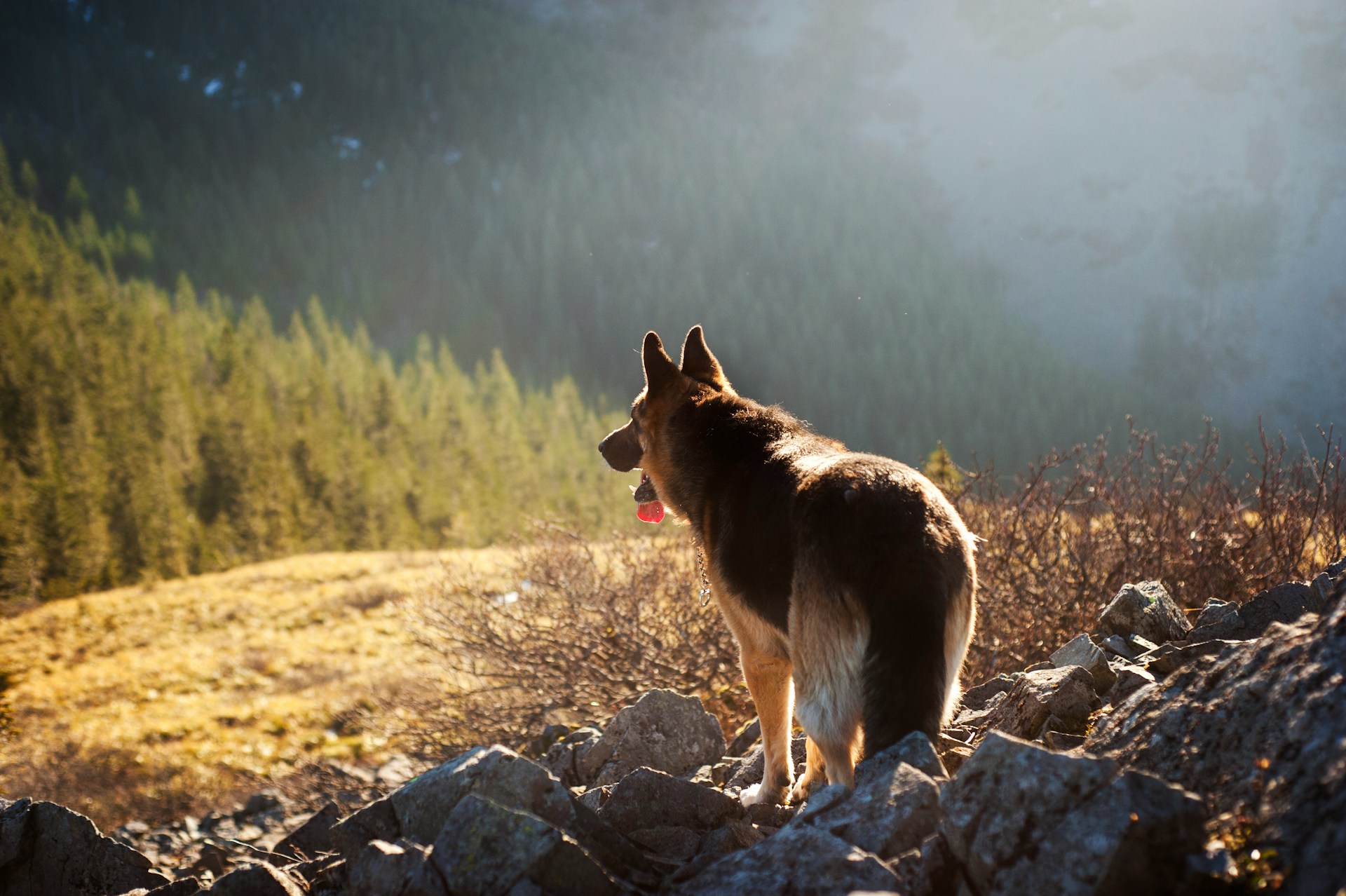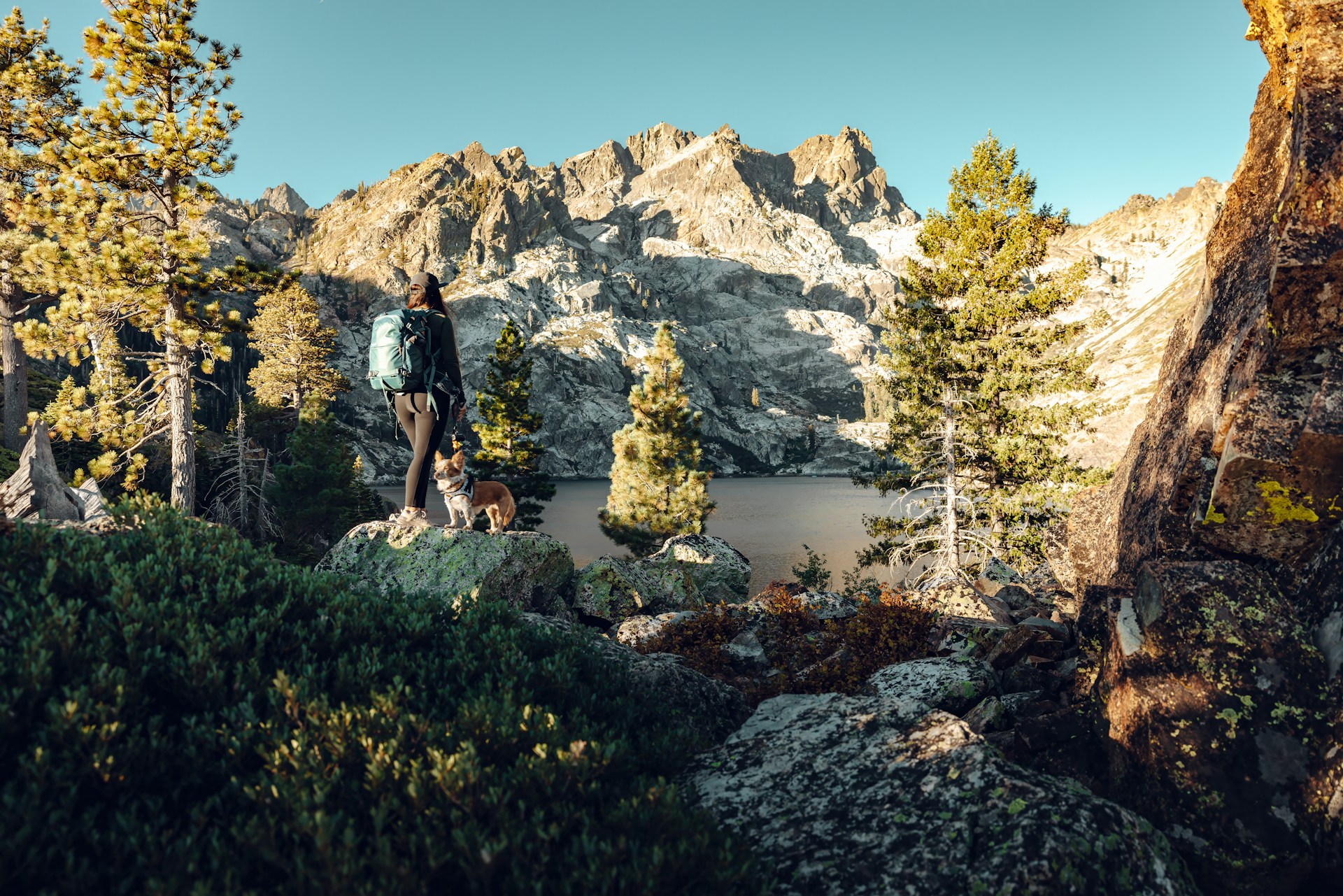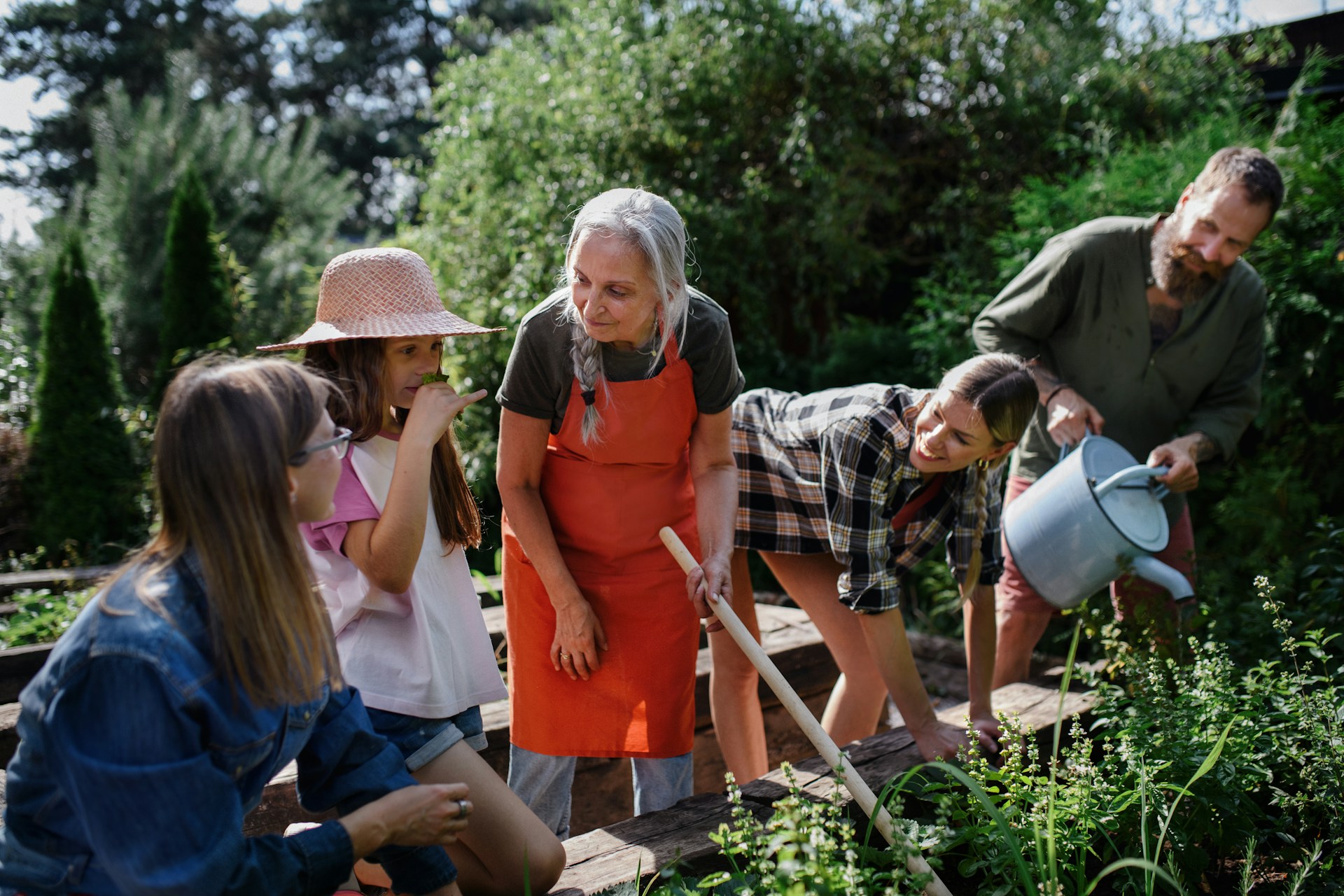Preparedness
Start Prepping: Essential Gear Every Beginner Needs

Starting out in the world of prepping can seem daunting, with a myriad of products and information available that can easily overwhelm a newcomer. However, by focusing on the basics, you can begin your journey toward greater self-reliance and emergency readiness with confidence.
The key to effective prepping lies in understanding the fundamental categories of gear every beginner should prioritize. These essentials include water storage and purification, food supplies, first aid, shelter, and navigation tools. By concentrating on these core areas, you can simplify the process and build a solid foundation for your preparedness efforts.
Prepping involves actively preparing for emergencies or disasters by gathering necessary supplies and gear. This mindset fosters self-reliance, crucial when access to utilities, transportation, or stores is disrupted. Having the right equipment and supplies not only reduces panic but can also save lives during crises.
Emergencies can occur without warning, making it wise to be prepared ahead of time. Reliable supplies on hand help to reduce panic, instill confidence, and enable individuals to assist others effectively. “Self-reliance is empowering. Not having to scramble for critical items during a crisis allows people to focus energy on coordination, communication and recovery efforts.”
When beginning your prepping journey, it’s important to resist the urge to invest in specialized tools right away. Instead, concentrate on versatile essentials that address basic needs:
– **Water**: Ensure you have methods for storing and purifying water to prevent dehydration. Consider using systems like the Sawyer Mini or Lifestraw for clean water access.
– **Food**: Stock up on non-perishable nutrition to avoid hunger. Items like rice, beans, pasta, and canned goods are excellent staples.
– **First Aid**: Prepare to treat injuries until professional help arrives. A well-stocked first aid kit is non-negotiable.
– **Light**: Equip yourself with flashlights and lamps to navigate when it’s dark.
– **Shelter**: Pack items like tarps, blankets, and bivvy bags to stay warm and dry.
As you gain experience, you can expand your collection with supplemental items that enhance your capabilities. For now, focus on acquiring durable, reliable items that are easy to transport and use.
Water solutions are among the most critical categories in your survival gear. Every prepper should have multiple methods to store and purify water in case of emergency. “Water purification systems like the Sawyer Mini or Lifestraw to ensure access to clean water.”
In addition to water, maintaining a stockpile of non-perishable food is essential. Consider storing staples such as rice, beans, and pasta in food-grade buckets. Canned goods, boxed items, and spices can help round out your reserves. Aim for at least a three-month supply when possible.
When it comes to survival clothing and shelter, choose versatile, durable fabrics suited for your climate and potential risks. While self-defense tools and skills may not be top of mind, they are prudent precautions for preppers to consider. Firearms and ammunition can provide security and hunting capabilities, but remember to “take appropriate courses and practice routinely with any equipment.”
Communication is another vital aspect of preparedness. Reliable news and connectivity are invaluable during disasters. Emergency radios, maps, two-way radios, and satellite phones help you stay informed, navigate risks, and communicate with others. “Don’t overlook old-school options like compasses and paper maps either.”
As you continue to build your prepping skills and stockpile, remember that self-reliance provides peace of mind and improves your chances of survival when disaster strikes. Start simple with versatile gear for water, food, first aid, shelter, and self-defense, and gradually build up to more advanced equipment as your skills and needs evolve. With the right foundation, you’ll be well-prepared to face whatever challenges come your way.
Let us know what you think, please share your thoughts in the comments below.

Preparedness
Keep Pets Cool And Safe As Temperatures Soar

As temperatures rise, it’s crucial to understand how our furry companions handle the heat. Unlike humans, cats and dogs don’t have sweat glands distributed throughout their bodies. Instead, they possess only a few, located in their feet and around their noses. This limited capacity for sweating means that many animals must rely on panting and external methods of cooling to regulate their body temperature.
Heatstroke is a risk for all animals, making it essential for pet owners to actively prevent it. Certain breeds, particularly those with brachycephalic anatomy, are at an increased risk. Flat-faced breeds like Pugs, English Bulldogs, French Bulldogs, as well as Persian and Himalayan cats, are more susceptible due to their unique facial structures.
To protect your pets during hot weather, ensure they have access to plenty of fresh water and a cool, shaded area. It’s also wise to avoid strenuous activities during peak heat hours. By taking these precautions, you can help your pets stay safe and comfortable when the temperature climbs.
Let us know what you think, please share your thoughts in the comments below.
Preparedness
Survive Smarter Pack Lighter Essential Tips for Emergencies

In the world of survival, the mantra “less is more” holds significant weight. When faced with an emergency scenario, the ability to move swiftly and efficiently is crucial. Carrying a hefty load can hinder your progress and wear you out, especially if you’re not accustomed to hauling a 60-pound pack regularly. Instead, focus on the essentials and aim to keep your pack under 25 pounds.
The temptation to fill your bag with gadgets and gear can be strong, but it’s important to remember that the more you know, the less you need to carry. By honing your survival skills, you can significantly reduce the amount of equipment you need to lug around. This approach is particularly beneficial in a “Get Out Of Dodge” situation, where speed and agility are paramount.
Your gear should be streamlined, with a focus on necessities. Some redundancies are wise for critical items, but avoid overloading your pack. A durable backpack in natural colors like grey, muted greens, browns, or blues is ideal, as it blends well in both woodland and urban environments. Avoid camo patterns or tactical-looking bags that might draw unwanted attention in urban areas.
When it comes to shelter, think versatile and lightweight. A shelter kit should include something to sleep under, on, and in, along with cordage for assembly. A tarp can be more advantageous than a tent, offering flexibility and doubling as rain gear if needed. For bedding, consider filling contractor-grade trash bags with leaves or grass, or opt for a high-tech sleeping pad. An emergency blanket or poncho liner, often called a “woobie,” can serve as your sleeping bag.
“Try using 550 paracord just for the ridgeline – this means you will only need to pack about 60 feet of it.” For the rest of your shelter construction, #36 bankline is a solid choice. While stakes can be fashioned from natural materials, packing six aluminum or titanium tent stakes can be beneficial, especially if you’re dealing with challenging conditions.
Fire-making is another critical skill. It’s wise to have at least three methods for starting a fire: a Bic lighter, a ferro rod, and a Fresnel lens are good options. Ready-made tinder, such as cotton balls with Vaseline or a tin of mini-infernos, can be invaluable when you’re cold and wet, and your dexterity is compromised.
In summary, lightening your load is about prioritizing skills over equipment and ensuring your gear is both efficient and effective. By doing so, you can cover ground quickly and meet your immediate needs without unnecessary strain.
Let us know what you think, please share your thoughts in the comments below.
Preparedness
Find Your Perfect Survival Retreat: Isolation or Community?

When it comes to selecting a survival retreat, the choice is as much about location as it is about lifestyle. The key is to find a balance between isolation and accessibility, while ensuring that the site is defensible and sustainable. The three primary categories for such retreats are “in-town,” “rural,” and “isolated.” Each offers distinct advantages and challenges that must be considered carefully.
An “in-town” retreat is typically located in a small community with a population of around 3,000 or less. This setting offers the advantage of being part of a community, which can provide security arrangements and opportunities for barter. Access to community clinics and local resources can also be beneficial if medical personnel reside in the area.
However, living in a small town comes with its downsides. Privacy can be limited, and in a grid-down situation, sanitation issues may arise. There’s also a heightened risk of communicable diseases and the potential for supplies to be confiscated. Additionally, keeping livestock could be restricted to smaller animals like chickens or rabbits.
Rural retreats, where neighbors are visible but not too close, offer a different set of benefits. The proximity of friendly and cooperative neighbors can provide a sense of community and shared resources. This setup often includes established livestock, gardens, and orchards. Moreover, having people nearby can be invaluable for major tasks such as planting and harvesting.
Despite these advantages, rural living shares some challenges with in-town retreats. Privacy might be compromised, and there remains the risk of supplies being confiscated or feeling pressured to share them.
For those seeking complete privacy, an isolated retreat might be the ideal choice. These locations are generally remote, with no visible neighbors, offering lower land and housing costs. The seclusion allows for stockpiling supplies and building fortifications without prying eyes. Additionally, the risk of communicable diseases is significantly reduced.
However, isolation comes with its own set of challenges. It can be difficult for a small family to maintain and defend such a retreat. Access to medical, fire, and police assistance is limited, even in normal times. Furthermore, the lack of nearby community means isolation from barter opportunities and a longer commute to jobs and essential services.
When choosing a retreat location, consider the terrain. “A retreat situated in a hilly or mountainous region is preferable to one on the plains in the event of a worst-case scenario.” The natural barriers of such terrains can make them easier to defend, as opposed to the multiple access points found in plains areas.
The ideal home for a retreat should be robust and practical. Look for a masonry house with a fireproof roof, or a wood-frame construction in earthquake-prone areas. An oversized lot provides room for expansion and storage. A house with at least one more bedroom than needed allows for additional storage and the potential to accommodate friends or family in need.
Ultimately, your choice of a retreat location should align with your ability to maintain it and your readiness to adapt to its challenges. Whether you choose an in-town, rural, or isolated setting, the goal is to create a sustainable and defensible haven that meets your survival needs.
Let us know what you think, please share your thoughts in the comments below.
-

 Tactical1 year ago
Tactical1 year ago70-Year-Old Fends Off Intruder with Lead-Powered Message
-

 Tactical1 year ago
Tactical1 year agoVape Shop Employee Confronts Armed Crooks, Sends Them Running
-

 Preparedness1 year ago
Preparedness1 year agoEx-Ballerina’s Guilty Verdict Sends Tremors Through Gun-Owner Community
-

 Preparedness11 months ago
Preparedness11 months agoGood Samaritan Saves Trooper in Harrowing Interstate Confrontation
-

 Tactical1 year ago
Tactical1 year agoMidnight SUV Theft Interrupted by Armed Homeowner’s Retaliation
-

 Survival Stories2 years ago
Survival Stories2 years agoEmily’s 30-Day Experience of Being Stranded on a Desert Island
-

 Preparedness11 months ago
Preparedness11 months agoArizona Engineer’s Headless Body Found in Desert: Friend Charged
-

 Preparedness11 months ago
Preparedness11 months agoBoy Saves Dad from Bear Attack with One Perfect Shot